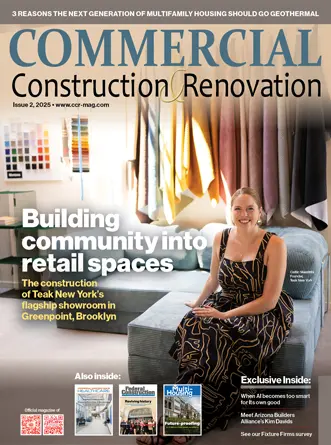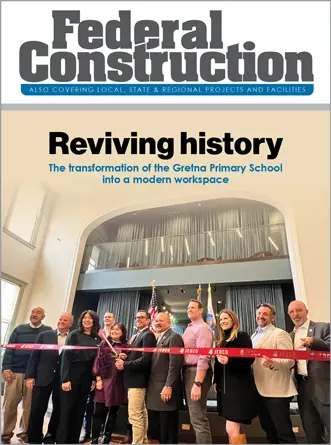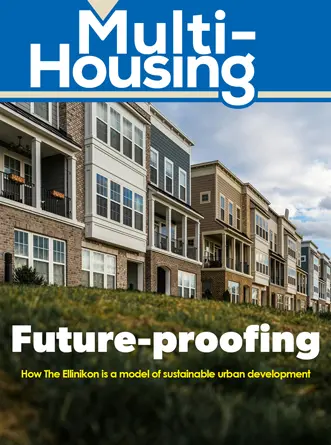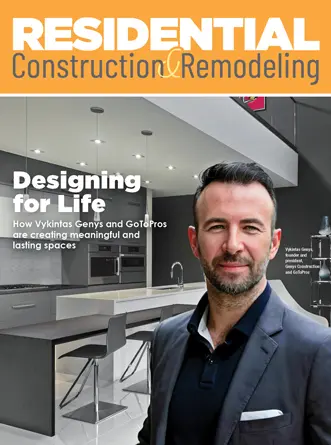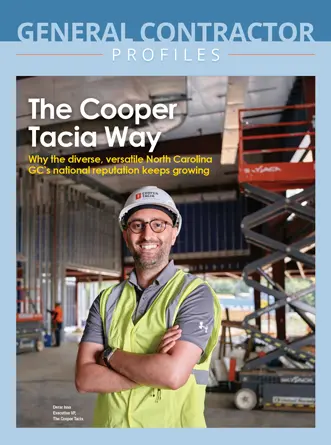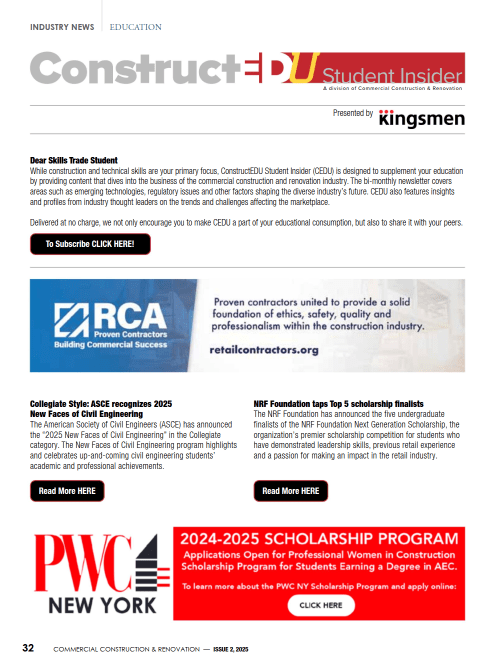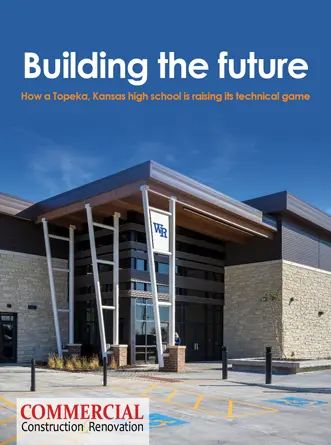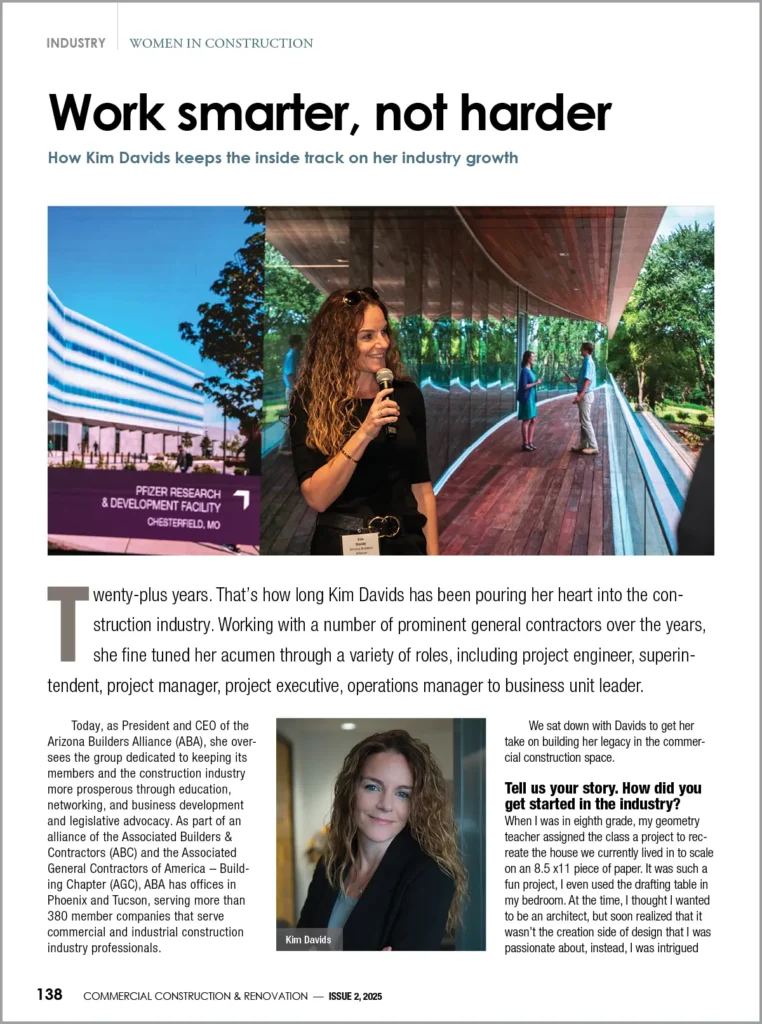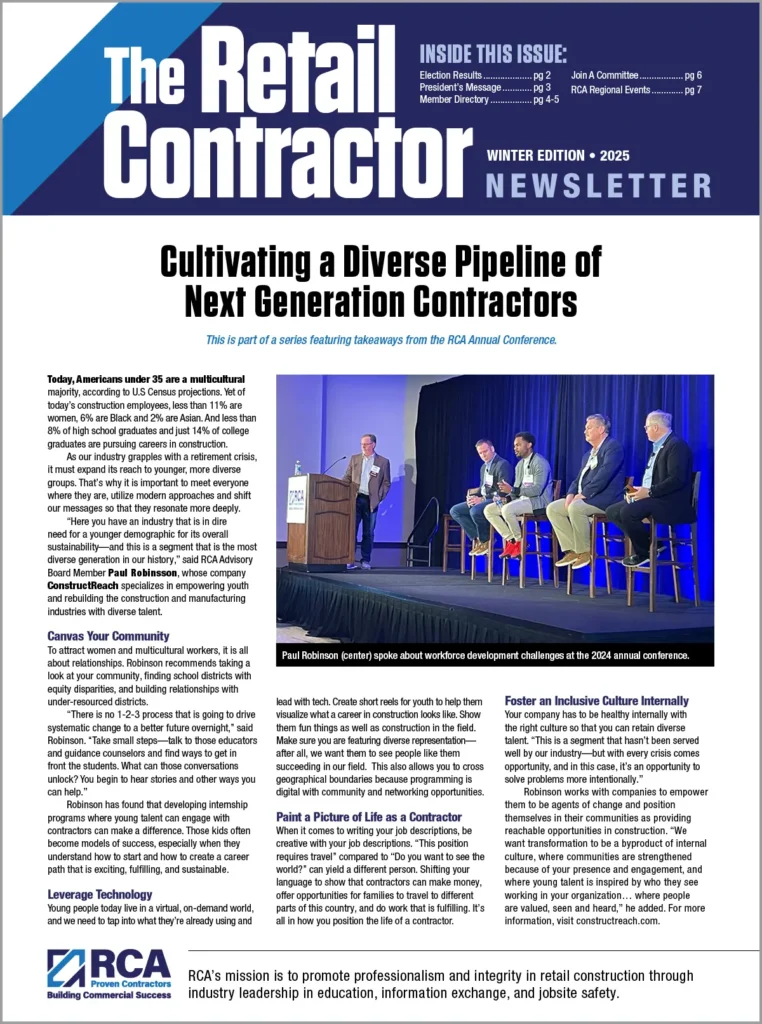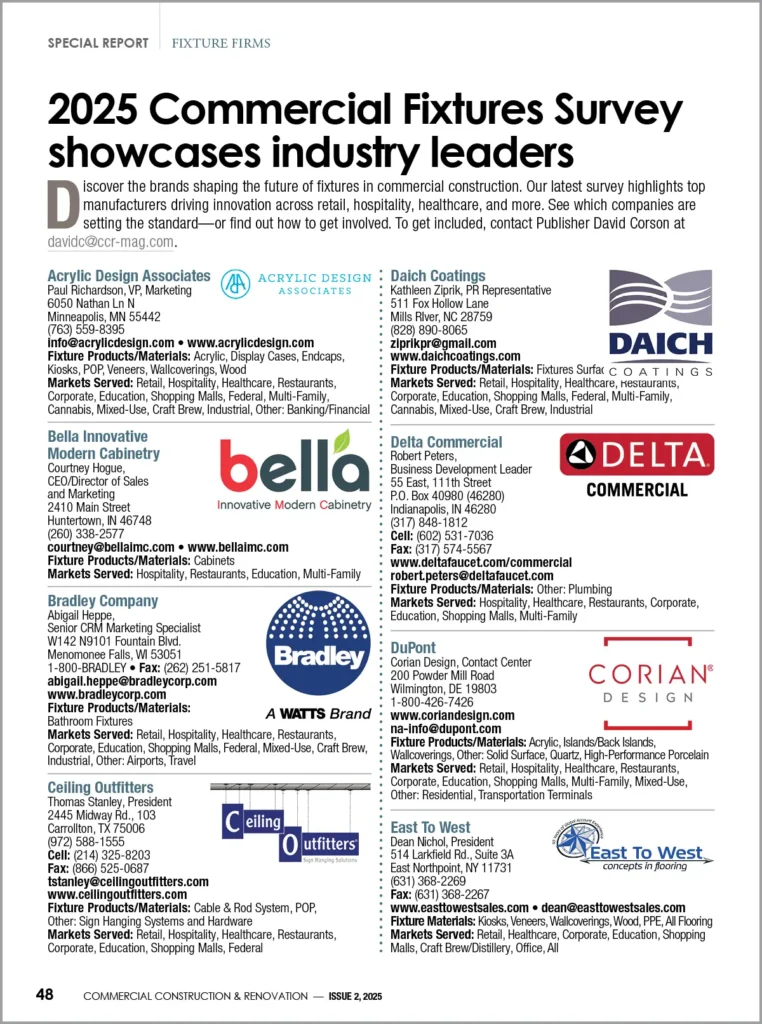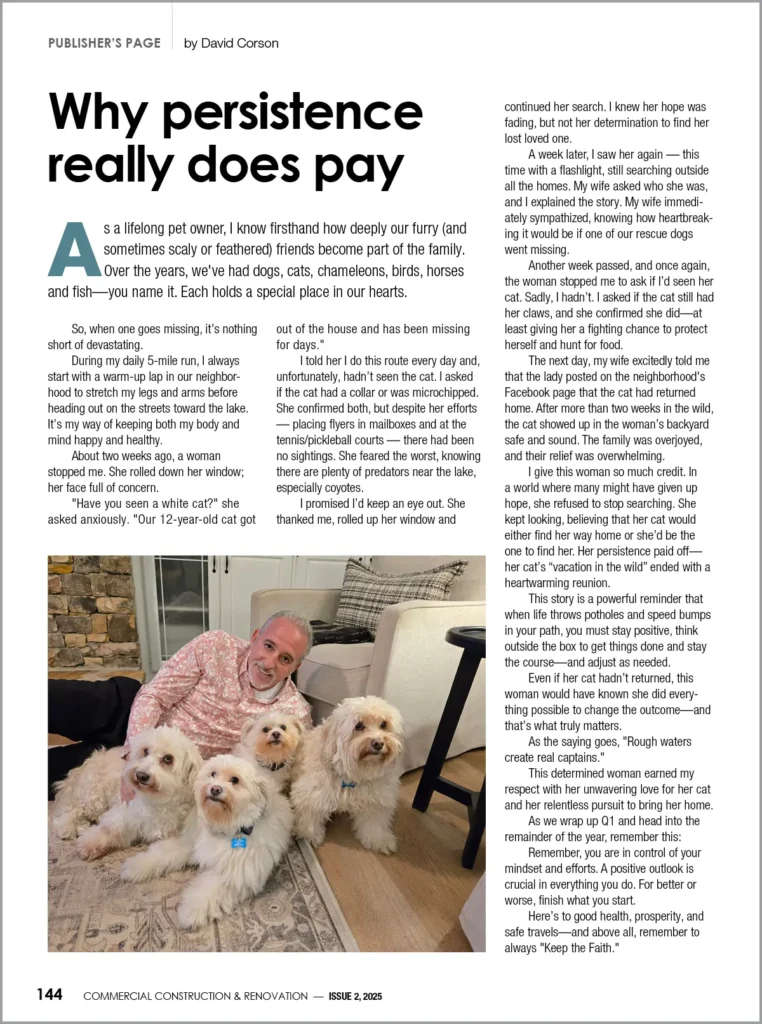The survey findings suggest that companies will face a significant change as the hybrid work model kicks in post-pandemic. A hybrid office means some employees are onsite while others work from home, and it’s become the general keystone to corporate reopening plans and new ways of working. While many countries had already started shifting toward the hybrid work model, the pandemic accelerated a shift in the way all businesses operate.
Many speculated that full-time remote work would find permanency in a post-pandemic “new normal.” However, as the return to the office starts to be topical, it has become increasingly clear that companies are eager to have employees back in the office. For example, Google has announced that they are moving up their return-to-the-office timeline to September 1st, and Apple will require three days in the office starting in September. Amazon also issued a statement to employees that underscores the company’s dedication to return to an office-centric culture that enables invention and collaboration. To stay competitive, these businesses are unleashing new policies that allow for increased flexibility, with some workers remote and others in the office.
Additionally, employees have expressed increased desire to return to the office in recent months. In June 2020, a survey of Salesforce’s 60K employees indicated that only 23% wanted to return to the office. But as of 2021, the company saw that figure jump to 72% that wanted only two or three days per week in the office. Between 80% and 90% want to be distributed at least two days per week.
“At Cloudflare, fully virtual meetings completely leveled the playing field for our teams and increased participation across the board this past year. This is something we certainly don’t want to give up, and is in fact a concept being built into how we will continue to collaborate as a company. As we prepare to welcome back our hybrid team, we are implementing video conferencing villages made up of individual VC-equipped booths meant for single users. We believe that if one person is remote for a meeting, even if all other participants are in the same office, then everyone joins virtually solo. That way everyone has the same seat”, said Cloudflare’s Head of Global Real Estate + Workplace Places, Caroline Quick
As teams work across various locations for the foreseeable future, the demand for flexible workspaces with video conferencing capabilities will rise. The research shows that the estimated increase will be up to 500% or even more in the “New Normal” vs. before the pandemic. Consequently, 71% of those surveyed said their offices are not currently equipped for this increase and will need to make new spaces dedicated to taking video calls.
“As customers are more willing to meet remotely, longterm I can see us shrinking the customer meeting space and at the same time potentially increasing or at least maintaining the same footprint we have for employee space but having more spaces like phone booths for for smaller meetings”, says Microsoft Asia’s Regional Director, Real Estate and Facilities Riku Pentikäinen.
The workspace needs are surprisingly similar around the world
The results demonstrate a global demand for video conferencing – regardless of geographical or cultural differences, office life is evolving in similar ways due to the pandemic. The study found that 94% of companies based in the United States and 89% of companies based in Europe expect video conferencing to increase 100-500% compared to before the COVID-19 pandemic.
“Globally, workplace cultures are different, and even the pandemic is in different phases, the majority of companies have already noticed a shortage of places to have video meetings in the office. They are working on solving these new needs for spaces right now”, says Framery’s Founder and CEO Samu Hällfors.
New spaces dedicated to taking video calls
The world’s leading companies are planning several strategies to answer hybrid workspace needs with the common understanding that everybody needs to focus on supporting video conferencing needs.
Yet, 71% of those surveyed said their offices are not currently equipped for this increase and will need to make new spaces dedicated to taking video calls.
The research suggests that leading companies, those influencing their respective industries, are already making the complete transition to a hybrid work model to accommodate a more transient workforce. This means that a balanced mix of collaborative setups, team-based offices, and privacy pods will be essential to hybrid workplace success.
Open offices often lack a variety of conference rooms and quiet areas to work, making it more challenging to conduct conference calls. The study results suggest that to support the new modes of working post-pandemic, private office pods will become essential to a productive workday. For workplaces not to undertake large construction projects, 81% of the participants agreed that office pods are the best solution.
“Even prior to the pandemic, the majority of the projects we have been managing for our occupier clients started to incorporate office pods due to the increase in videoconferencing. The need for larger meeting rooms has definitely declined as the need for individual phone booths increases. Covid-19 definitely accelerated that trend, and what we are seeing now is that the uncertainty surrounding the future of the office space post-covid means clients are preferring pods over in-situ meeting rooms, to allow for flexibility. Most of our clients have accepted that the function of the office will change as companies move towards flexible working concepts, meaning videoconferencing will undoubtedly increase”, says EMEA Design & Build Lead Glyn Evans from Cushman & Wakefield.
“The future is uncertain, but the need for acoustic pods is clear,” says Samu Hällfors. ”Ten years ago, we were solving noise problems brought on by the widespread adaptation of open offices. Today, we are helping companies tackle the rising demand for video conferencing spaces in hybrid offices.
Creating happiness is at the core of our business, and we stick to our goals throughout these evolving work-life needs. We are committed to initiating change that increases happiness, and our revolutionary pod solutions will precisely do that.”
Read the full report here.

